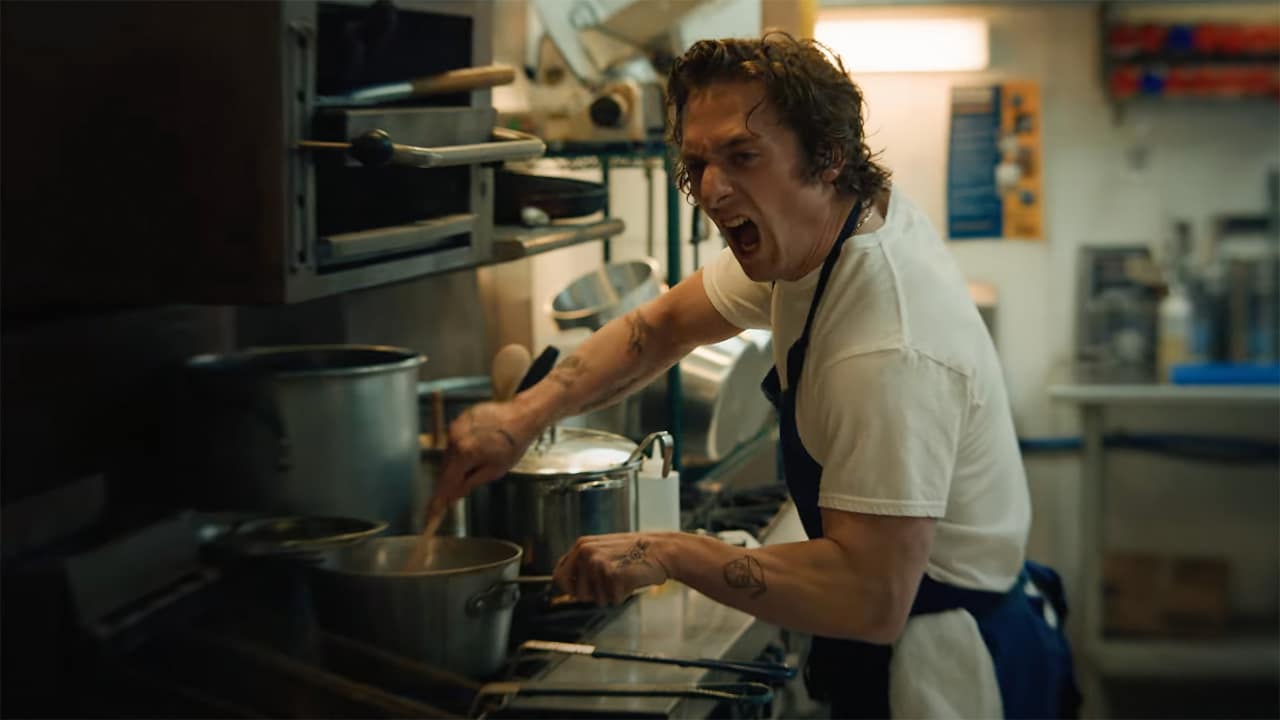
In the heart of Chicago, a captivating culinary tale unfolds in the FX series The Bear. This is how the production team used Adobe Premiere Pro and Frame.io to put this hit series on the road.
Show creator Christopher Storer introduces us to the world of Carmen "Carmy" Berzatto, who is a chef working at "the world's best restaurant." Yet, tragedy hits when Carmy's brother, who managed the family's Italian Beef shop, takes his own life. As Carmy returns home to save the shop, the chaos begins and takes the viewers into an engaging stew - sorry, ragoût - of high end cuisine, fine dining, and larger than life personalities.
Bringing remote teams together
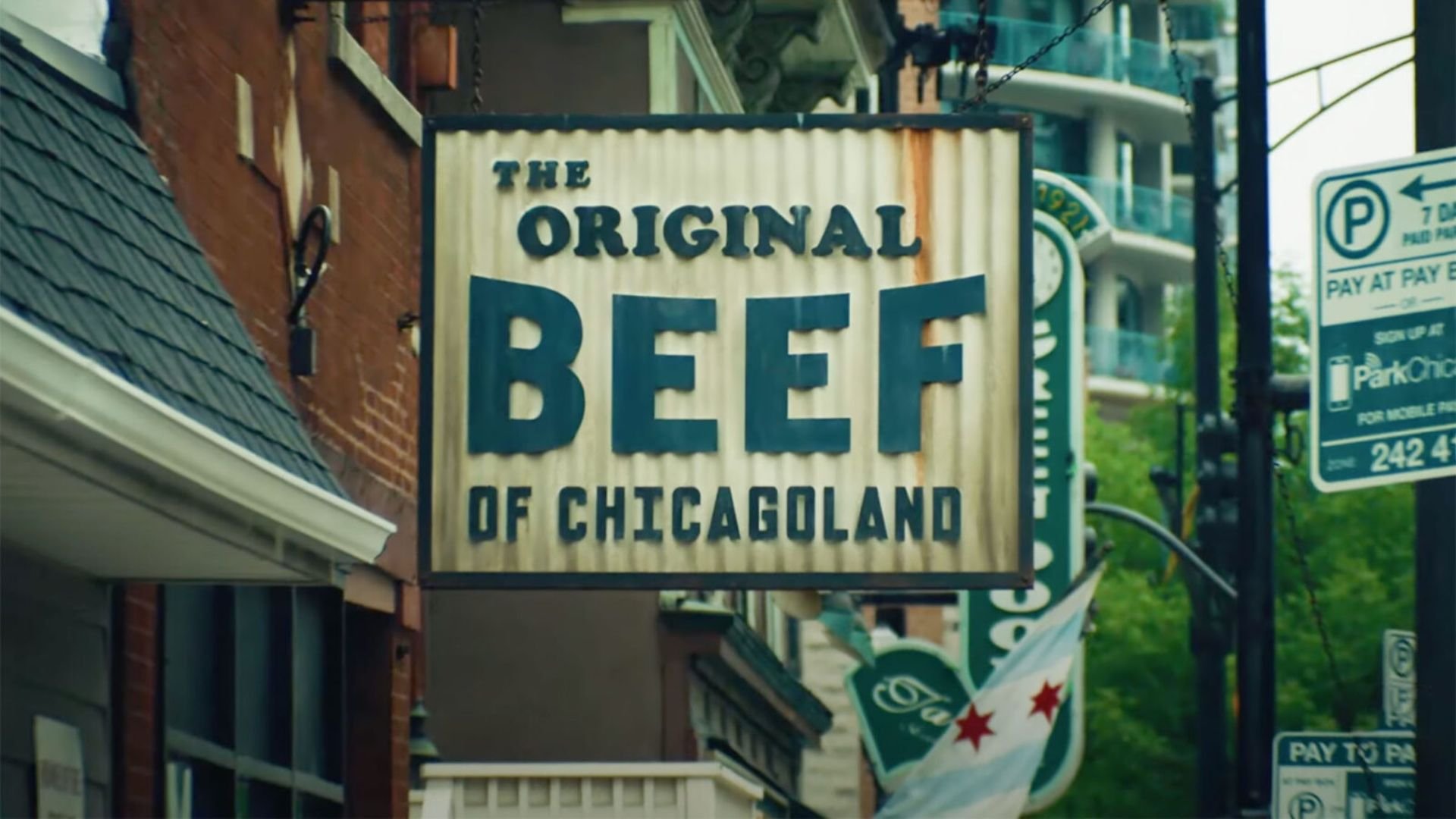
The Bear, which has just finished its second series on Hulu, has been a huge success. Behind the scenes, editor Joanna Naugle and editor Adam Epstein teamed up to create an immersive experience for their viewers. With remote teams that included creators in Chicago and LA, as well as Adam Epstein working from New York, the editors used the power of cloud editing with Adobe Premiere Pro's Productions feature to collaborate and stay organized. Despite their initial concerns about transitioning to cloud-based editing, the seamless integration of Productions changed their expectations for the better.
All editors had dedicated assistants who uploaded the footage onto LucidLink, a platform that facilitated the remote sharing of assets via the cloud. Epstein initially anticipated that the need for speed might eventually lead them to rely on local media storage. However, the entire process was made exclusively within the cloud.
That, of course, meant using Premiere Pro's Productions feature. Naugle credits assistant Josh Depew with their introduction to it. “He was great at shepherding us through the process and basically it was just one extra bin or project layer. Beyond that, it was all the same, and it was really intuitive and easy to learn,” she says. “It was great to just pop into a project if we were sharing a scene back and forth.”
Another essential aspect of the editing process in The Bear was the effective use of audio features within Adobe Premiere Pro. Given the show evolves around a bustling kitchen environment, audio plays a crucial role in enhancing the viewer's immersion. Editors leveraged Premiere Pro's sound panel to manipulate audio creatively, incorporating ambient sounds and sound design to fully experience what it is like to be in a commercial kitchen environment.
“You can hear the sounds of the kitchen, but we also layered in different sounds for ambience. There’s a phone ringing and a train going past, so I think we definitely set a basis for the sound team to work with, and then they went in and made it a million times better. But you could feel like you were part of the bustle of the kitchen because that was important for making sure the pace was coming through and it was feeling like you’re really immersed in that world," explains Naugle.
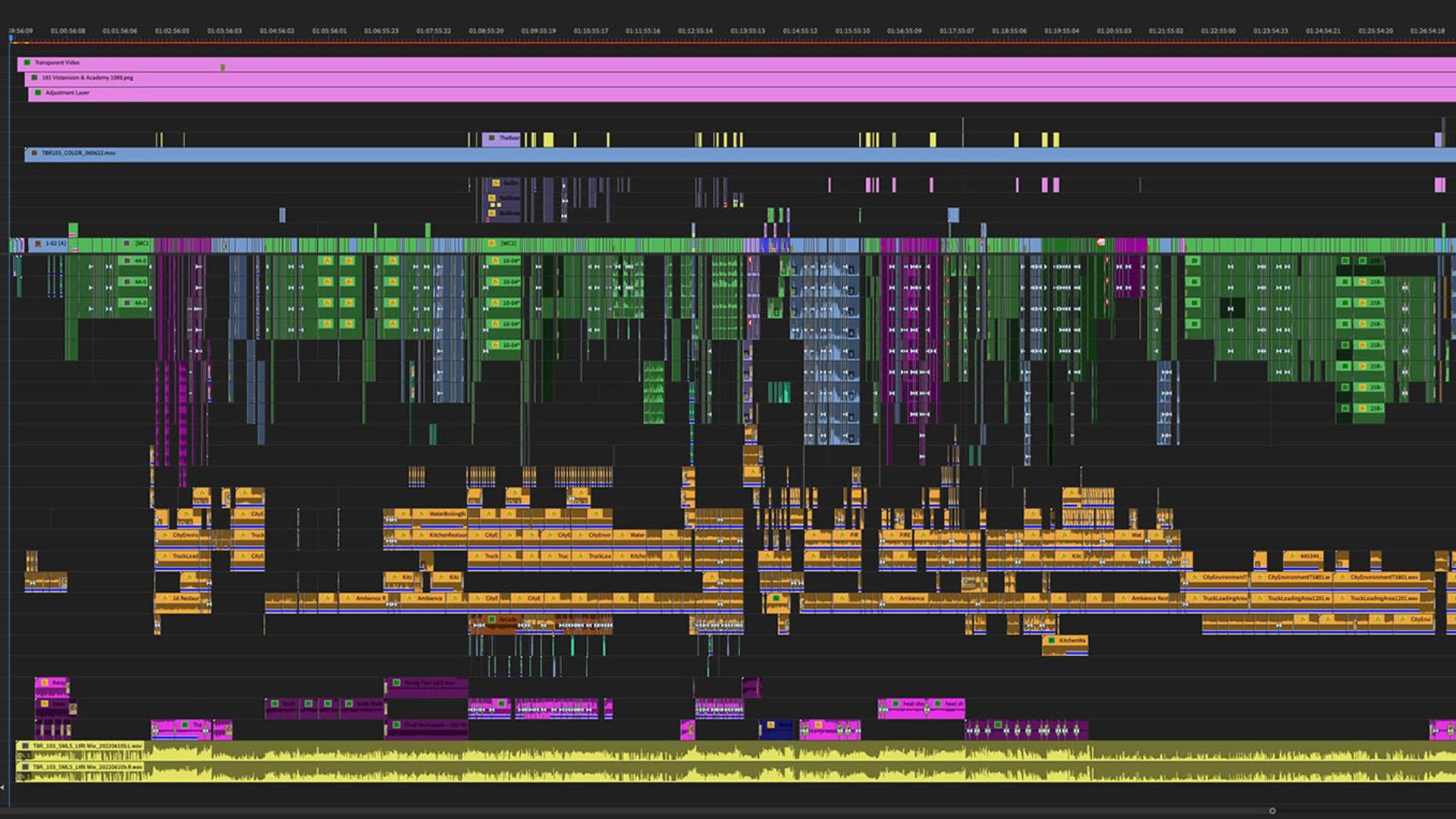
Mixing it all together in Frame.io
Collaboration and communication were done through tools such as Frame.io, which was used for real-time feedback and streamlined discussions during the audio mix. This eliminated any unnecessary confusion and kept everyone up to date among the post-production team members.
Epstein explains that the filming process involved shooting episodes in "blocks", rather than in a linear way. This meant that different scenes from various episodes were listed on the same day's call sheet. On average, the production went through approximately five to six days of shooting per episode. The objective was to present directors with an editor's cut that was a slightly more polished version within around two to three days after the shooting.
As the production progressed and multiple episodes were concurrently in play, the editing approach evolved. It became common to have an editor's cut for one episode, while simultaneously working on a director's cut for another. The balance was maintained throughout the filming, maintaining the collaborative nature of the creative process. The food industry would call it mise en place, setting ingredients in the right place prior to beginning the actual cooking so that everything is close at hand (And the only way to cook - Ed.)
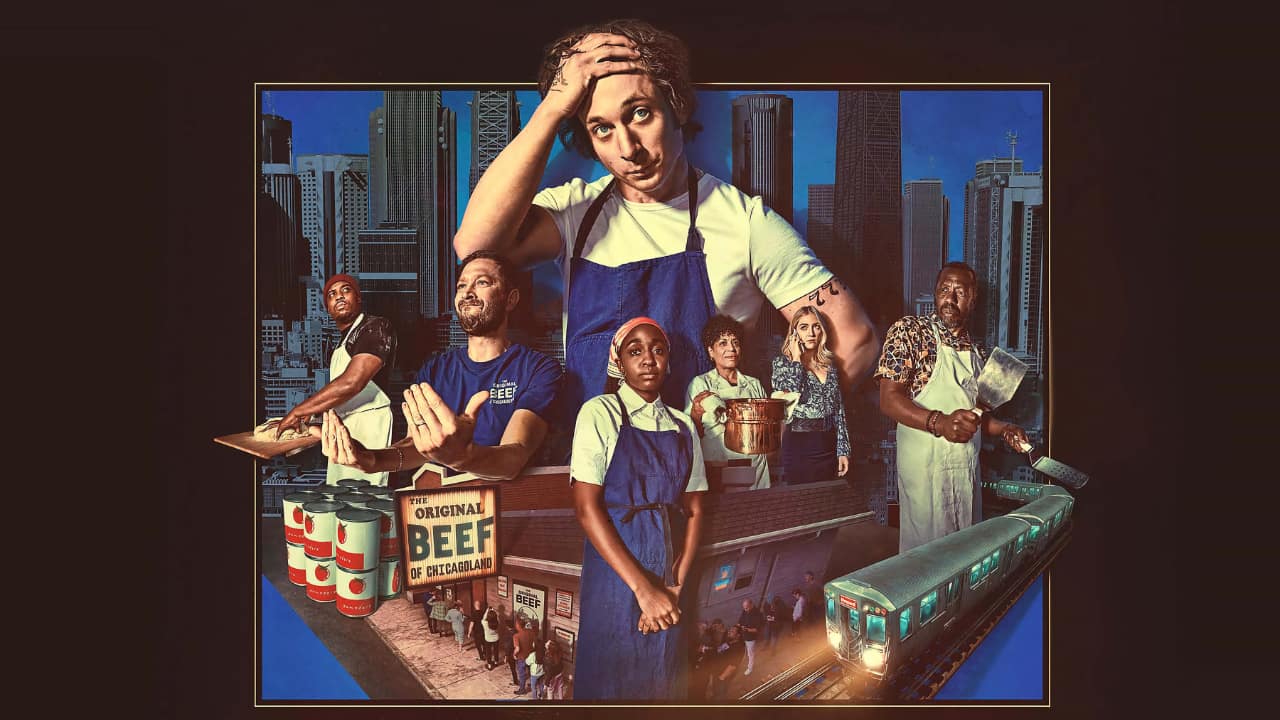
One take wonders
Without spoilers, let's talk S01E07. Before the shoot, an entire day was used for rehearsals without any actual filming taking place. Once they started filming, the crew filmed a total of five complete takes. The editing team ultimately settled on take two, as it captured the desired energy right from the start. In fact, many viewers don't realize it's a single shot until several minutes into the episode.
The editorial work behind it wasn't so straightforward. This episode demanded a substantial amount of preliminary sound work for intense and immersive audio. Given the rapid cutting patterns present in many episodes, Storer aimed to replicate this effect without resorting to any cuts in the single-shot episode. This was done by layering various ambient sounds and dynamic elements within the kitchen to evoke a vivid and intense atmosphere. Additional lines of ADR (Automated Dialogue Replacement) were integrated for a sense of urgency such as "Ten minutes to open" or "Eight minutes to open." This attention to audio detail aimed to create the sensation of a ticking time bomb.
Lastly, The Bear demonstrates the power of collaboration, innovation, and creativity in the realm of television editing. Through cloud-based workflows, Adobe Premiere Pro's features, and a diverse team, the show's editors brought to life the chaotic world of the culinary arts, an engaging experience for audiences of all ages. You will know what I mean once you watch the trailer below.
This piece originally appeared in another form as Made in Frame: Editors of “The Bear” Reveal How the Sausage is Made.
Tags: Post & VFX Cloud

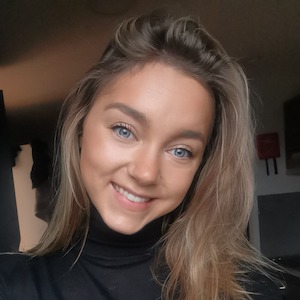
Comments